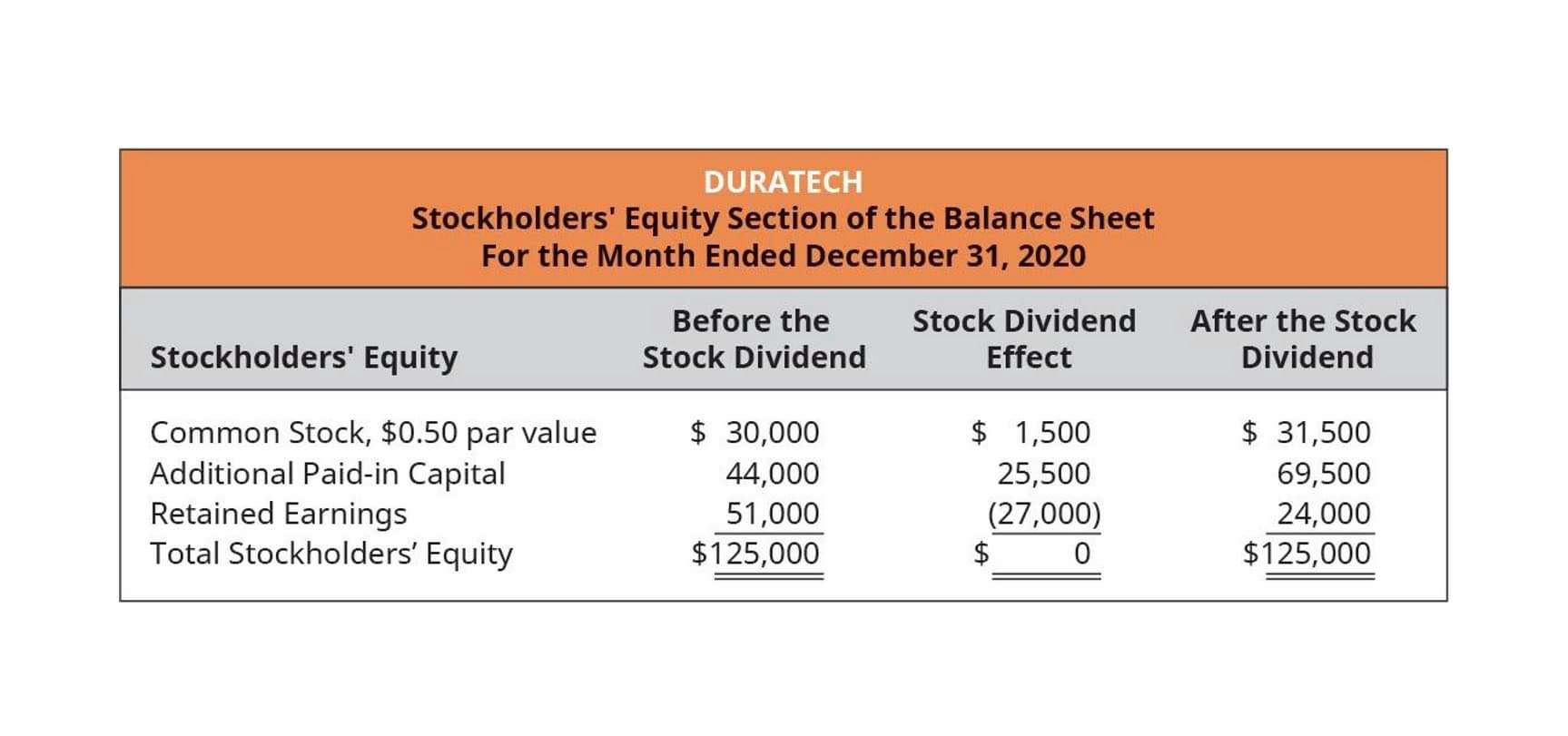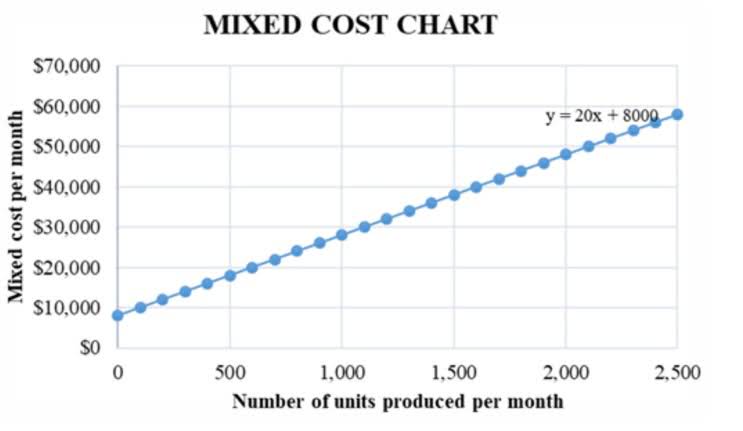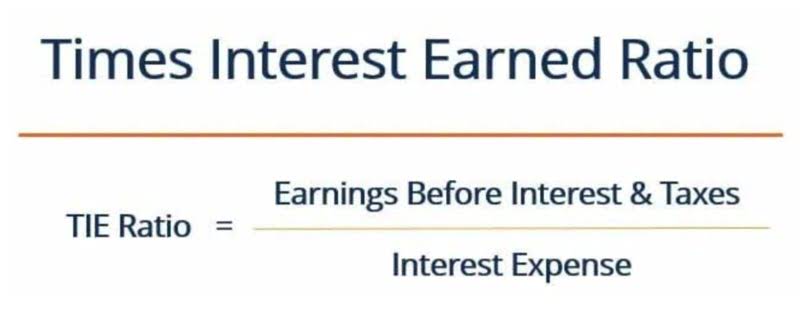
When it’s finally time to audit all of your transactions, bookkeepers can produce accurate reports that give an inside look into how your company delegated its capital. The two key reports that bookkeepers provide are the balance sheet and the income statement. The goal of both reports is to be easy to comprehend so that all readers can grasp how well the business is doing.

Better tax preparation
Small businesses may rely solely on a bookkeeper at first, but as they grow, having both professionals on board becomes increasingly valuable. It consisted of a daily diary of every transaction in the chronological order. He is a seasoned small business owner and entrepreneur, with over 17+ years of experience growing and building companies.

For Organizations
Bookkeeping serves as more of a preliminary function through the straightforward recording and organizing of financial information. Accounting takes that information and expands on it through analyzing and interpreting the data. Bookkeeping can be a rewarding profession if you’re in an environment that rewards hard work and excellence. At Pasquesi Sheppard, we offer bookkeepers exciting career opportunities, allowing them to do what they love in a supportive atmosphere. If you’re in Lake Forest, Illinois, contact us today and propel your accounting career to the next level. Besides these major functions, bookkeepers may also perform inventory management and stocktaking, manage foreign currency transactions, and prepare books for an accountant.

Creating Financial Statements

As of August 2024, freelancers bookkeepers in the United States earn an average of $24.31 per hour. However pay rartes can range from as low as $12.98 to as high as $35.38 per hour. A bookkeeper can help pinpoint areas of major spending to help a company make their operations more efficient. Bookkeepers always keep an eye on cash flow to avoid either of those scenarios. Cash is rapidly exchanged in a business, and if you don’t pay attention you could quickly burn through funds or have more than you think (which could leave money lying around unused!). You may have a supplier for guitars and guitar accessories, and see reliable revenue every month.
- You can usually expect to earn much more once you have at least five years of experience.
- The primary purpose of bookkeeping is to record the financial effects of transactions.
- A bookkeeper is responsible for recording transactions into the system, which is part of the wider and more general practice of accounting.
- Using and understanding this specialized software is vital in keeping the company’s information organized and accurate.
- Understanding these differences is crucial for making the right choice for your business.
- Bookkeepers can provide a range of additional services are a range of extra services that bookkeepers can provide, such as running payroll, preparing VAT returns and preparing and filing tax returns.
Whether you’re trying to determine the best accounting system for your business, learn how to read a cash flow statement, or create a chart of accounts, QuickBooks can guide you down the right path. If you’re like most modern business owners, odds are you didn’t become one so that you could practice professional-level bookkeeping. Outsourcing the work to a seasoned bookkeeper can allow you to focus on your business plan and growth. As you dive deeper into the bookkeeping process, it may be tempting to blur the lines between your personal and business finances, but it’s not the best idea. By avoiding this, you’ll reduce the risk of triggering an IRS audit and will allow an accurate picture of your business finances. Bookkeepers earned a median annual salary of $45,560 in 2021, according to the BLS.
- Bookkeepers working in this sector should understand relevant regulations and lease agreements.
- Bookkeepers ensure that vendor and customer records are always up to date, even as people and businesses change.
- Not only can this help you set goals, but it can also help you identify problems in your business.
- Although software and calculators do most of the math, basic skills such as addition, subtraction, multiplication, and division are essential to helping you catch errors quickly.
- A bookkeeper may also help you run payroll, collect debts, generate invoices and make payments.
Professionals can increase their earnings potential by obtaining a what is a bookeeper certification, gaining experience, or pursuing a specialization. Bookkeepers can focus on specific fields or industries to learn niche knowledge. Professionals with a unique industry understanding may have additional advancement opportunities.
Dealing With Foreign Currency Transactions
You’ll also get peace of mind when it comes to compliance — and a whole bunch of records you can show the IRS. Keeping your financial records accurate means reconciling your accounts regularly. retained earnings You can be sure that everything in your books matches what actually happened by going over your bank accounts, credit card statements, and other financial records each month. This way, you can catch any discrepancies early, spot possible fraud, and fix issues before they become bigger problems. Whether it’s a natural disaster, hardware failure, or a cyber threat, you never know when the unexpected will strike and leave financial data vulnerable.
- If you’re considering a remote path, QuickBooks Live is one example of how virtual bookkeeping roles can look in practice.
- Ledgers are important because they can be used to create documents for your business, like income and cash flow statements.
- It provides a clear and accurate picture of the company’s financial position, allowing business owners and managers to make informed decisions.
- Following these standards ensures that your business complies with IRS guidelines, state income tax guidelines, and other tax guidelines such as employment tax and state tax.
Visit our about SNHU page to Mental Health Billing learn more about our mission, accreditations, leadership team, national recognitions and awards. Bookkeepers are not required to have certifications or specific education unless required by a specific employer. You can find a CPA through directories hosted by your state’s accountancy board. Most states allow a CPA to work across state lines, but you benefit from working with someone trained and certified in your state’s tax laws.

To stay in compliance, you need accurate and up-to-date records that can be filed with the appropriate agencies. Your bookkeeper assists in this process by giving your accountant the right numbers to complete any filings that might be required at the local, state, or federal levels. Using ledger data, bookkeepers compile weekly, monthly, quarterly, and annual statements to provide insights into profit, expenses, and cash flow. Our intuitive software automates the busywork with powerful tools and features designed to help you simplify your financial management and make informed business decisions. A bookkeeper can expect to earn a salary in the range of $30,000-$60,000 a year in the US. However, compensation will widely vary depending on the employer, location, and candidate experience.













